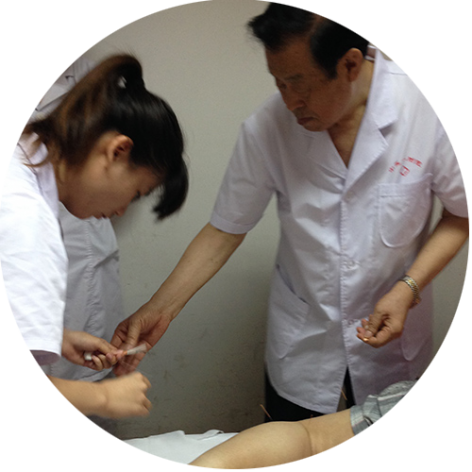The Chinese medical system has existed for 5,000 years. Its scope involves acupuncture, herbal medicinals, Tuina Massage, and Qi Gong meditative breathing techniques. The physiological effects of these treatments, including acupuncture, have been meticulously documented throughout the millennia. As with Western medicine, acupuncture began with the dissection of cadavers. Like pharmacological medicine, Chinese medicine has been used to understand the proper dosages of plants with which to treat common colds and manage pain, stress, immune and digestive disorders. Acupuncture needles have evolved from a stone needle, to hair-thin steel needles that are sterile, disposable, smooth, and virtually pain free during insertion. In 1996, acupuncture needles were classified as Class 2 Medical devices by the FDA’s Department of Health and Human Services. Historically, acupuncture was used to treat injury on the battlefield. Today, it is considered a sophisticated medical treatment used in all major sport leagues including the NBA, NFL, MLB, NHL, MMA, and on marathon and tri-athletes. Acupuncture is now practiced all over the world, in every Asian country and also in Europe, New Zealand, and Australia. In 2004, a survey of over 3,000 insurance firms recorded that 50% of the firms offered some type of acupuncture insurance or benefit coverage. There is still much greater opportunity for the wider application of acupuncture.
BACK TO TOP ↑








